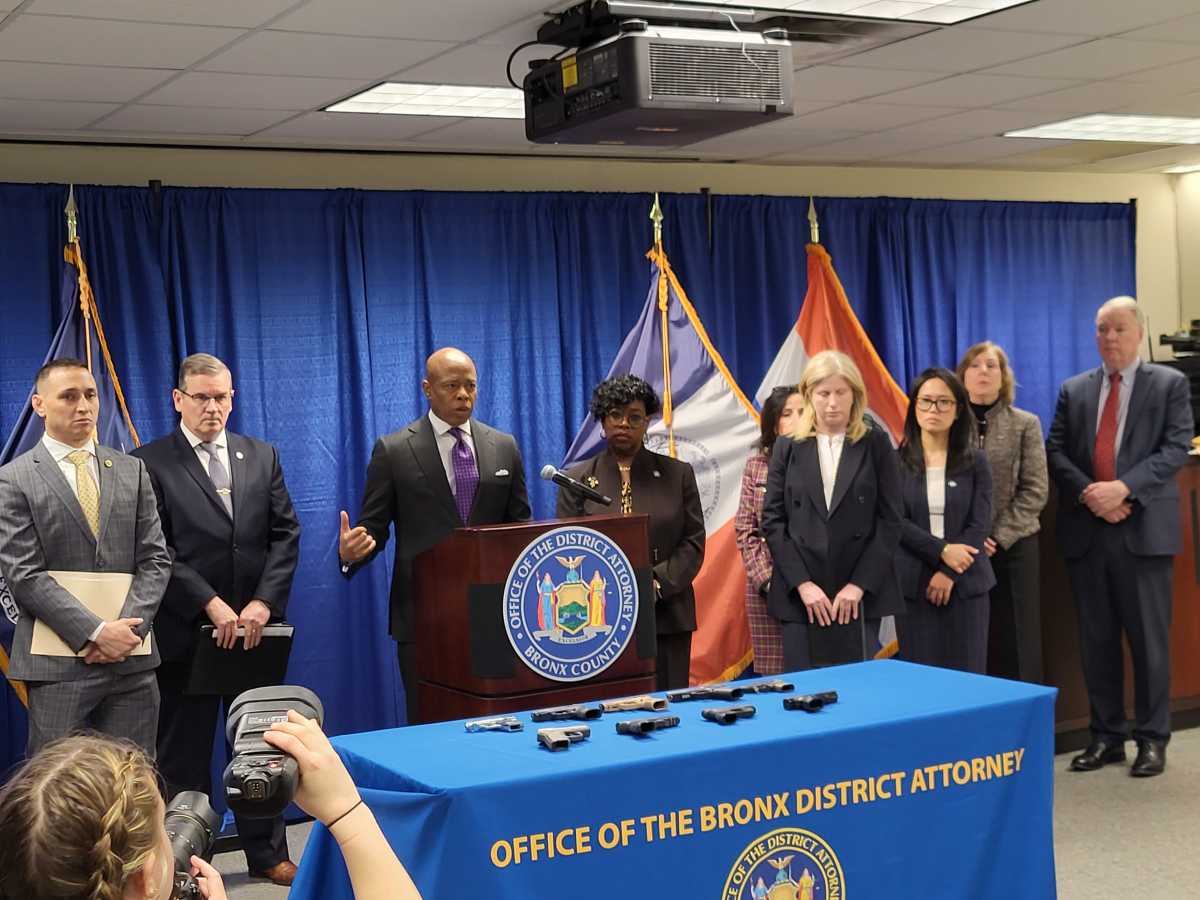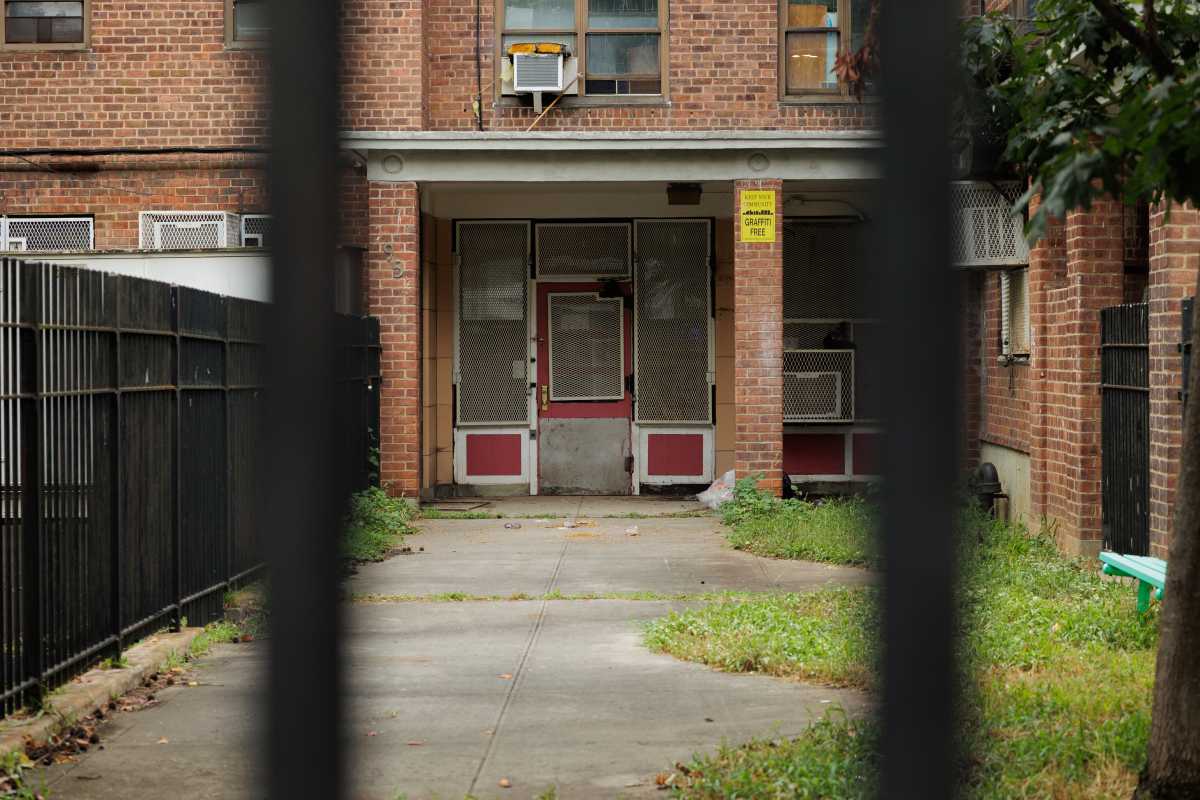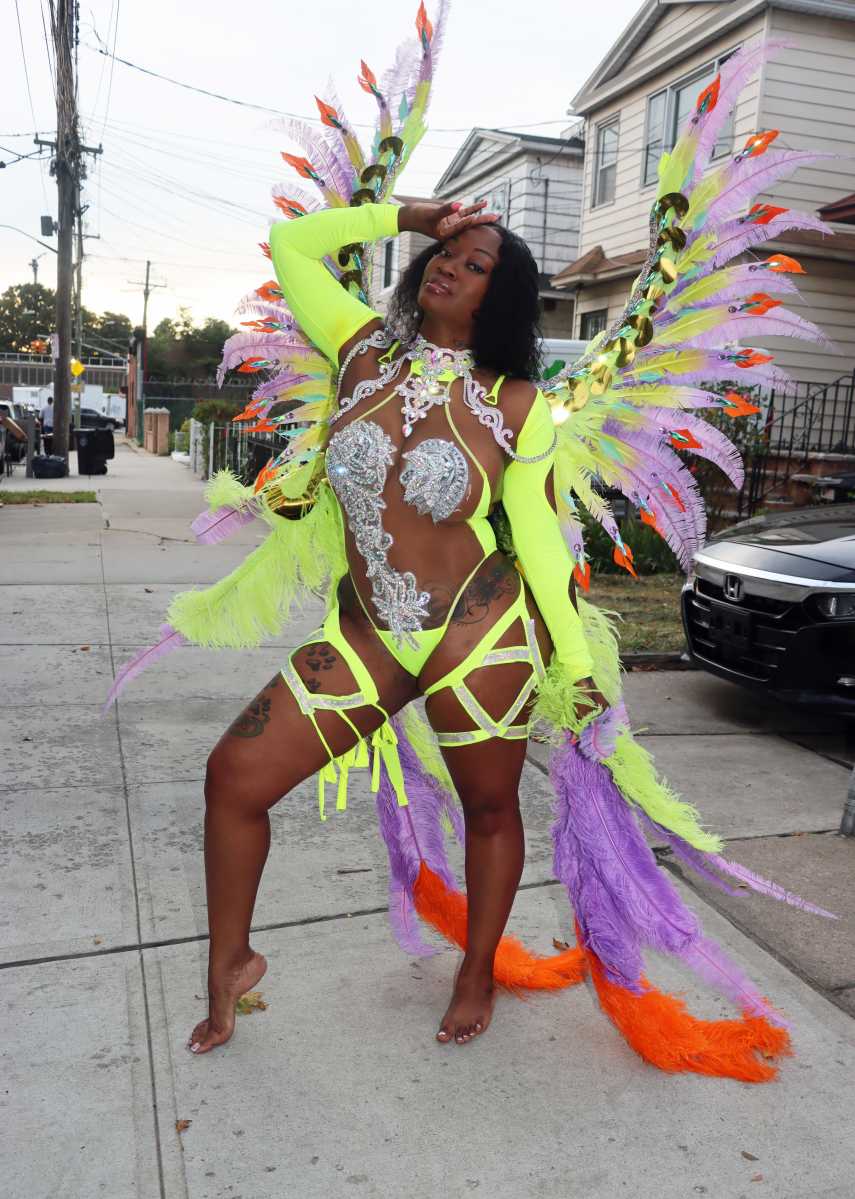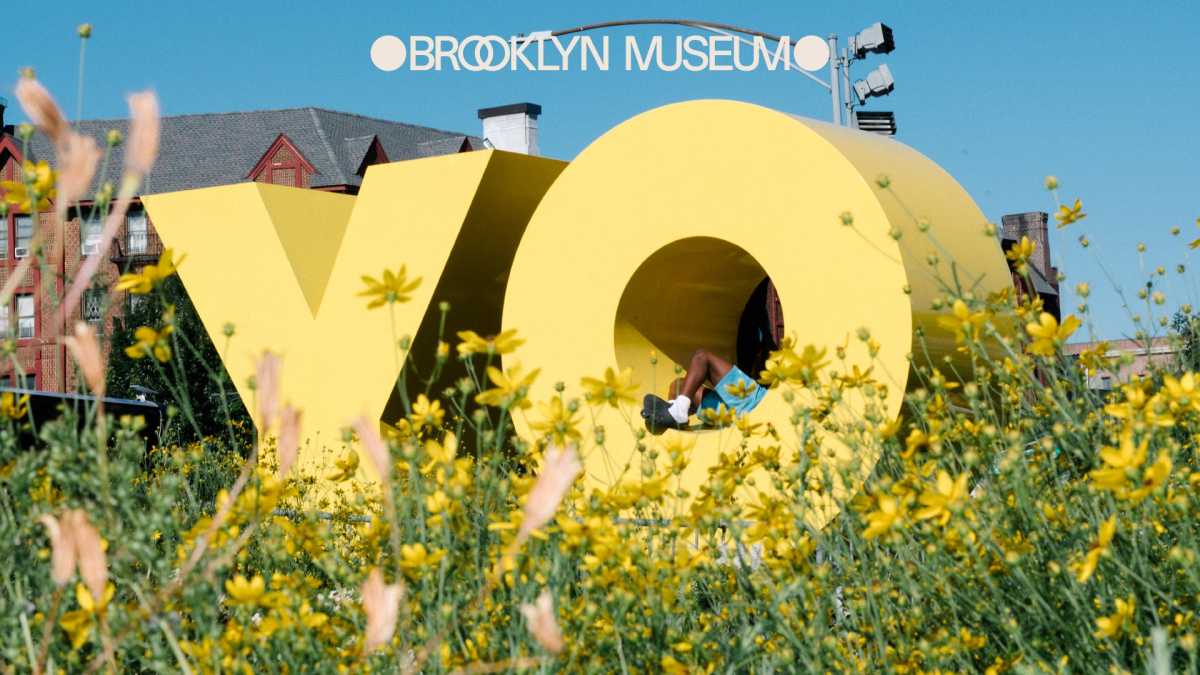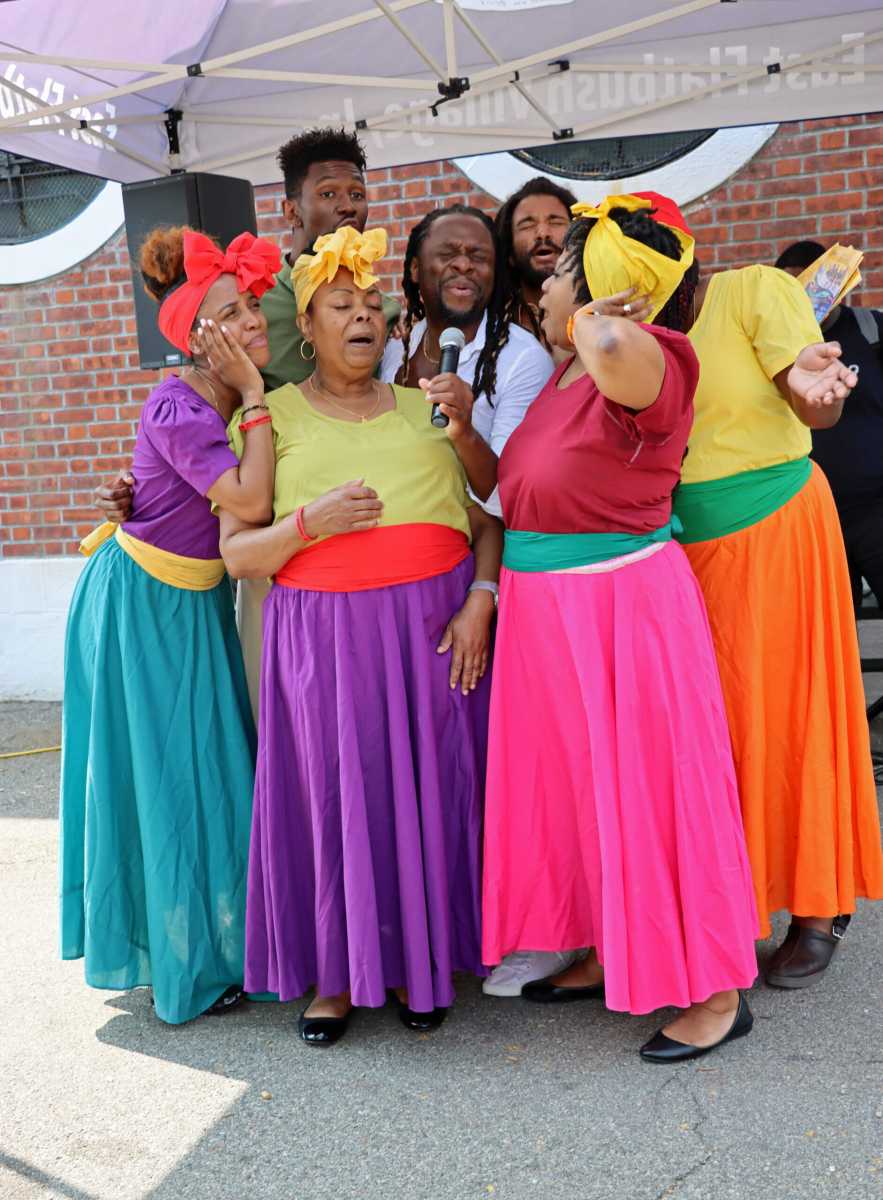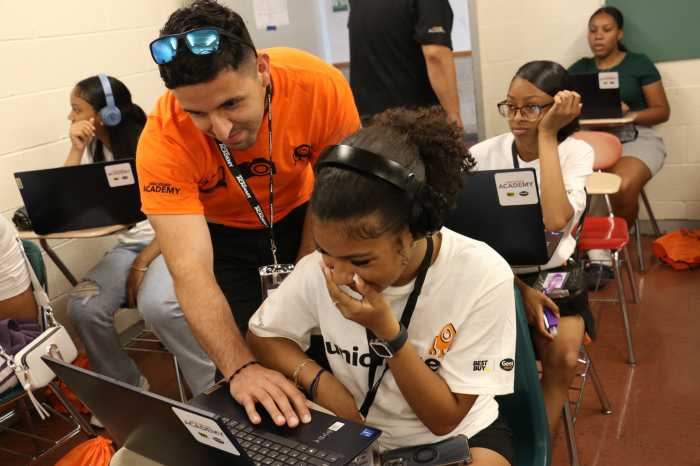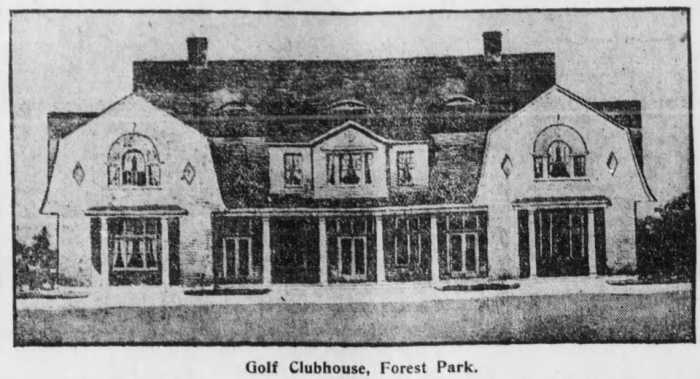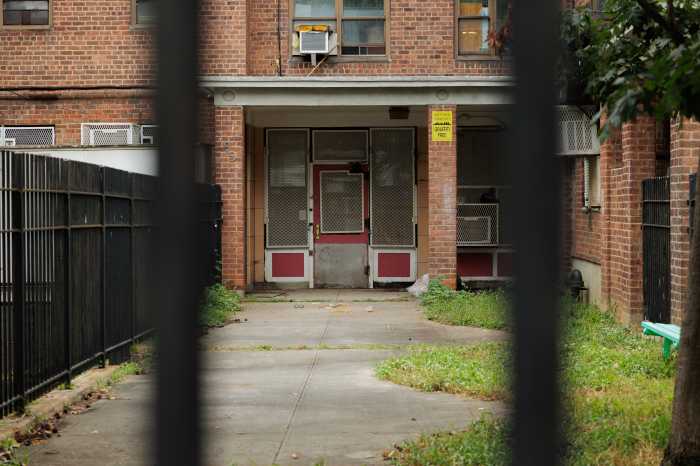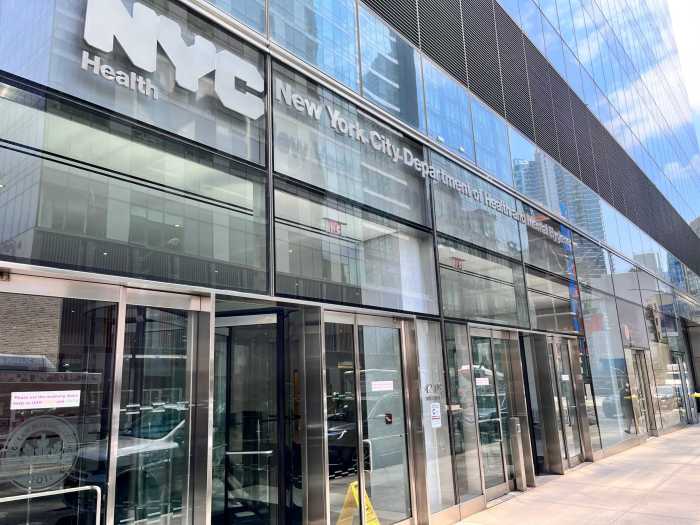More cyclists and pedestrians are out and about as the spring weather heats up in New York — but the risk of collisions is also increasing with more traffic on the streets.
Case in point, on May 1, a cyclist was struck and killed after he rode into a van’s open door, propelling him into the intersection of Broome and Centre Streets in Soho, where he was subsequently crushed under a moving commercial truck.
Prior to that, on April 25, a motorcyclist struck and killed 23-year-old Breanna Henderson as she attempted to cross Woodhaven Boulevard in Queens. According to the investigation, the traffic signal was changing from yellow to red when the collision occurred.
And on April 19, an FDNY fire truck was responding to an emergency when it collided with a cyclist at Juniper Boulevard and 80th Street in Queens. The cyclist died at the scene, according to the investigation.

Despite the recent spate of street collision deaths, each of which is under investigation by the NYPD, the city’s Department of Transportation (DOT) maintains that it has increased its efforts to keep cyclists and riders of motorized two-wheeled vehicles safe, including the installation of a record number of protected bike lanes.
Over three years, the agency implemented 87.5 miles of protected bike lanes and more than 20 miles of existing bike lanes with “new, sturdier” barriers throughout the city.
“NYC DOT has seen a historically low number of traffic fatalities since the start of this year and will continue to put the safety of New Yorkers at the heart of all agency work,” an agency spokesperson said.
It is not all about cyclist protection. The DOT also said that protected bike lanes reduce pedestrian deaths and serious injuries by nearly 30% because they shorten crossing distances and improve visibility.
“During the past three years of the Adams administration, NYC DOT has built a record number of protected bike lanes and upgraded existing bike infrastructure to provide safer streets for cyclists and New Yorkers using all modes of transportation,” the spokesperson said.
Although DOT reported a 30.6% decline in total traffic fatalities compared to last year as of May 1, the statistics remain grim, especially for pedestrians. Over 2,800 pedestrians have been involved in traffic collisions so far this year, including 36 fatalities, as of April 27, according to the latest NYPD TrafficStat data.
TrafficStat does not provide a breakdown of how the pedestrians were killed and what kind of vehicles were involved, but the DOT reported 47 fatalities in street collisions as of May 1 — 37 pedestrians, two cyclists, five e-bike riders, one moped rider and two motorcyclists.
Bike riders to face criminal summonses under NYPD policy
Meanwhile, the NYPD is stepping up its efforts to enforce street safety not just on drivers but also bicyclists.
As part of the NYPD’s new Quality of Life Unit that launched last month, cops will focus on addressing non-arrestable offenses, such as illegal parking, noise complaints, even e-vehicle riders who break the rules of the road — mostly based on concerns New Yorkers file into the city’s 311 non-emergency complaint system.
“Out-of-control scooters and e-bikes is something we’re hearing a lot,” Police Commissioner Jessica Tisch told amNewYork last month while discussing the new unit.
NYPD officials said at a City Council Public Safety Committee hearing on April 28 that despite the summonses being non-arrestable, offenders may still have to appear in criminal court to rectify their offenses.
Criminal summonses would now be utilized to apply to six specific violations for e-bike riders: reckless driving, operating under the influence, driving against traffic, and failure to obey traffic control devices like red lights and stop signs.
Staying safe on the roads
As city officials continue to work on plans for keeping pedestrians and cyclists of all kinds of bikes safe, public safety experts say there are many precautions people can take when they head out on foot or pedal, especially as weather improves.
“Warmer weather almost always leads to a noticeable uptick in cyclists, e-bike riders and pedestrians,” explained Michael Matos, founder of Personal Protect Concepts, a personal and organizational safety company. It’s predictable and should be planned for. As more people choose biking as an affordable, eco-friendly alternative to driving or crowded public transit, especially in spring and summer, the streets get more crowded, and without proper safety infrastructure, that can quickly become dangerous.”
Matos explained that bike safety is not only about wearing a helmet but about “riding smart in a high-risk environment.” He said cyclists in NYC should consider a “layered approach” to protection. This includes a helmet with advanced impact technology, integrated lighting that activates automatically, and reflective gear.
“A helmet-mounted mirror gives you rear visibility without swerving, and a compact trauma kit with gauze and compression bandages, not just band-aids, can help in serious crashes,” he said.
Other biking equipment that can help, Matos said, includes a phone mount paired with safety apps that allow cyclists to discreetly send their location and emergency information to first responders if something goes wrong. GPS trackers and smart horns that rivers can hear are “survival tools,” Matos said.
“These upgrades may seem small, but in a city like this, they’re what keeps you alive,” he said.






